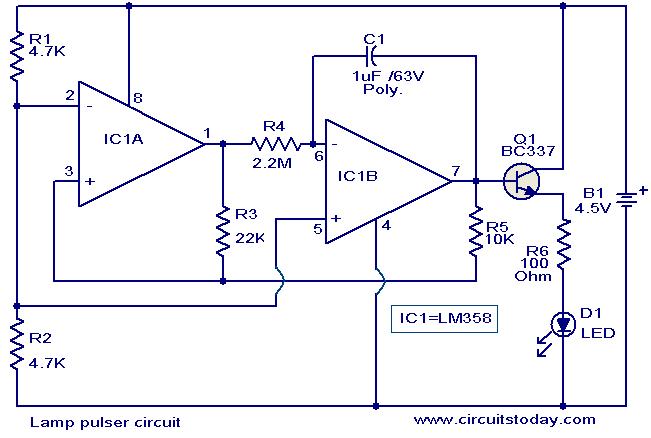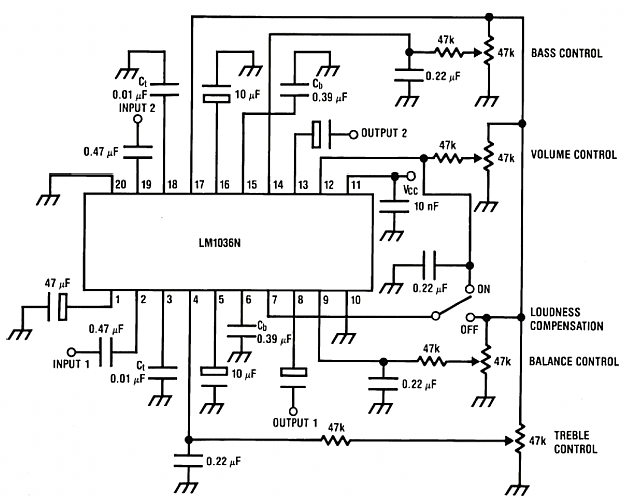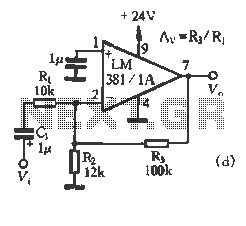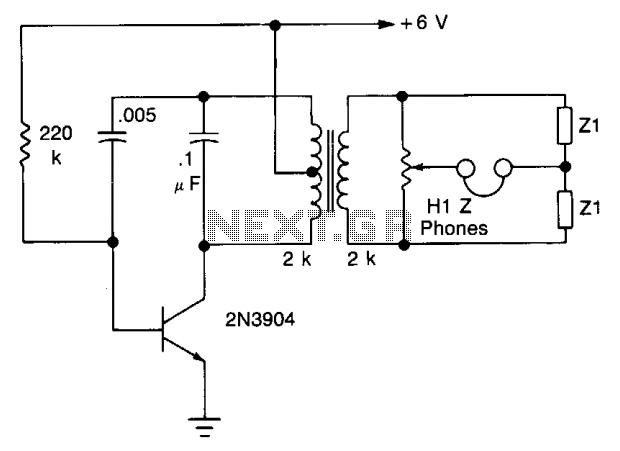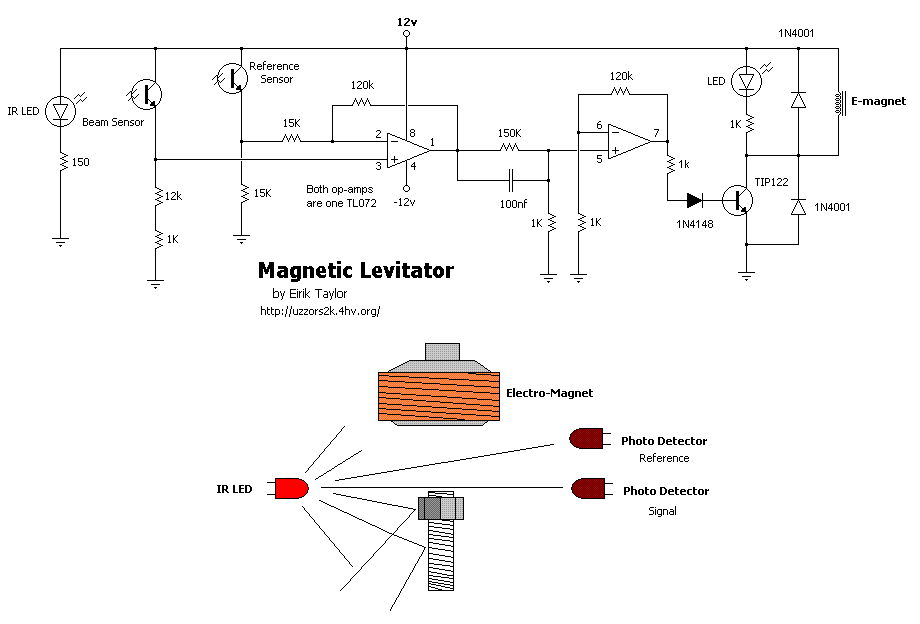
Butterfly Mixer Circuit
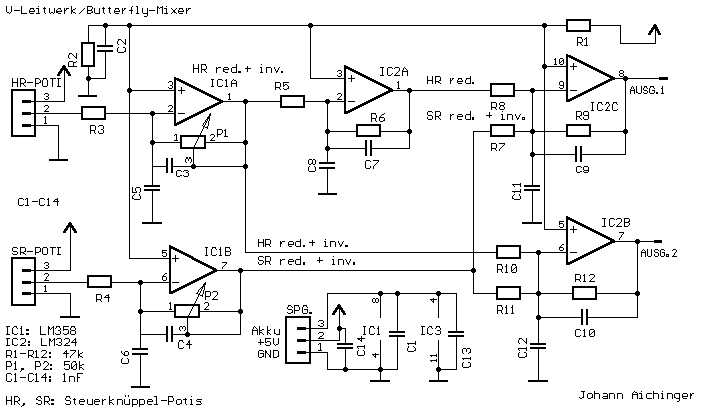
If the transmitter stick-potentiometer delivers a voltage about 2 - 3 V, this circuit will be suitable. If you want to avoid using the battery cable (supplying Vcc for IC1 and -2), you can use a separate 5V supply for IC1 and -2. In that case, you should test the mixer function when the battery voltage is low. More: If the circuit is used as a butterfly mixer, instead of the rudder potentiometer, the aileron potentiometer must be connected, and instead of the elevator potentiometer, the following simple circuit can be used:
This circuit description pertains to a transmitter system utilizing a stick potentiometer to manage control surfaces in an RC aircraft. The stick potentiometer is designed to output a voltage in the range of 2 to 3 volts, which is suitable for interfacing with the circuit components. The circuit integrates operational amplifiers or integrated circuits (ICs) designated as IC1 and IC2, which can be powered either by a battery or an external 5V supply.
To enhance reliability, especially under conditions of low battery voltage, an external power source for IC1 and IC2 is recommended. This configuration allows for stable operation of the circuit, ensuring that the mixer function remains effective even when the battery voltage diminishes.
In the application of this circuit as a butterfly mixer, it is crucial to note the substitution of control inputs. The rudder potentiometer typically used in standard configurations is replaced by an aileron potentiometer, allowing for differential control of the aircraft's roll. Additionally, the elevator potentiometer is omitted in favor of a simplified circuit, which may include a direct connection to the control signal or an alternative method of signal processing suitable for the specific application.
The design of the circuit should include proper filtering and amplification stages to ensure that the output signals are clean and adequately drive the control surfaces. The incorporation of decoupling capacitors at the power supply pins of the ICs is also advisable to minimize noise and enhance performance.If the transmitter stick-potentiometer delivers a voltage about 2 - 3 V, this circuit will be suitable. If you want to avoid using the battery cable (supplying Vcc for IC1and -2), you can use a separate 5V supply for IC1 and -2.
In that case you should test the mixer function when the battery voltage is low. If the circuit is used as a butterfly mixer, instead of the rudder potentiometer the aileron potentiometer must be connected, and instead of the elevator potentiometer the following simply circuit can be used: 🔗 External reference
This circuit description pertains to a transmitter system utilizing a stick potentiometer to manage control surfaces in an RC aircraft. The stick potentiometer is designed to output a voltage in the range of 2 to 3 volts, which is suitable for interfacing with the circuit components. The circuit integrates operational amplifiers or integrated circuits (ICs) designated as IC1 and IC2, which can be powered either by a battery or an external 5V supply.
To enhance reliability, especially under conditions of low battery voltage, an external power source for IC1 and IC2 is recommended. This configuration allows for stable operation of the circuit, ensuring that the mixer function remains effective even when the battery voltage diminishes.
In the application of this circuit as a butterfly mixer, it is crucial to note the substitution of control inputs. The rudder potentiometer typically used in standard configurations is replaced by an aileron potentiometer, allowing for differential control of the aircraft's roll. Additionally, the elevator potentiometer is omitted in favor of a simplified circuit, which may include a direct connection to the control signal or an alternative method of signal processing suitable for the specific application.
The design of the circuit should include proper filtering and amplification stages to ensure that the output signals are clean and adequately drive the control surfaces. The incorporation of decoupling capacitors at the power supply pins of the ICs is also advisable to minimize noise and enhance performance.If the transmitter stick-potentiometer delivers a voltage about 2 - 3 V, this circuit will be suitable. If you want to avoid using the battery cable (supplying Vcc for IC1and -2), you can use a separate 5V supply for IC1 and -2.
In that case you should test the mixer function when the battery voltage is low. If the circuit is used as a butterfly mixer, instead of the rudder potentiometer the aileron potentiometer must be connected, and instead of the elevator potentiometer the following simply circuit can be used: 🔗 External reference
Warning: include(partials/cookie-banner.php): Failed to open stream: Permission denied in /var/www/html/nextgr/view-circuit.php on line 713
Warning: include(): Failed opening 'partials/cookie-banner.php' for inclusion (include_path='.:/usr/share/php') in /var/www/html/nextgr/view-circuit.php on line 713

